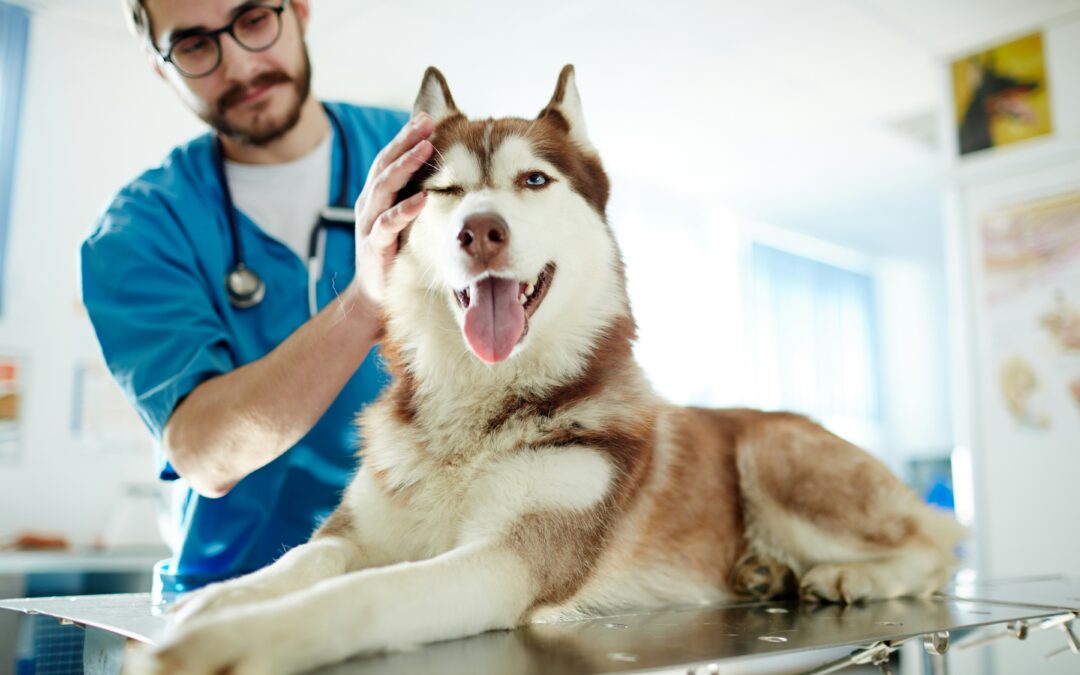In recent years, the use of surgical lasers in veterinary medicine has revolutionized the way veterinarians perform surgeries. Surgical lasers emit concentrated areas of light to cut, cauterize, and seal a small, specific area of tissue. Surgical lasers have been around since the 1980’s and offer exacting control for the surgeon to precisely, accurately, and efficiently perform surgeries, both routine and complex. There are numerous benefits to incorporating a surgical laser into a veterinary practice, all of which result in benefits to patients and pet parents alike.
– Lasers allow for more precise surgical techniques, reducing damage to surrounding tissues. Lasers are ideal for areas of the body where precision is crucial to surgical success.
– Reduced tissue trauma creates faster healing and recovery times, along with less pain and swelling. This results in a quicker return to normal activity and a happier, more comfortable post-operative pet (and client).
Cauterization simultaneously with cutting reduces blood loss, creating less risk for intra- and post-operative complications. It also increases visualization in difficult, more vascular areas, resulting in a more efficient process and cutting down on surgical time.
– Heat emitted from the surgical laser’s light not only cauterizes surrounding vessels and nerves but also sterilizes tissues, resulting in less risk of secondary infection, another common postoperative complication.
From abdominal surgery to mass removals and dental procedures, the surgical laser is changing the game when it comes to better patient care in veterinary medicine in all aspects of surgery. Ask us about using surgical lasers in your pet’s next procedure to help reduce surgical time and post-operative complications while improving patient comfort.

